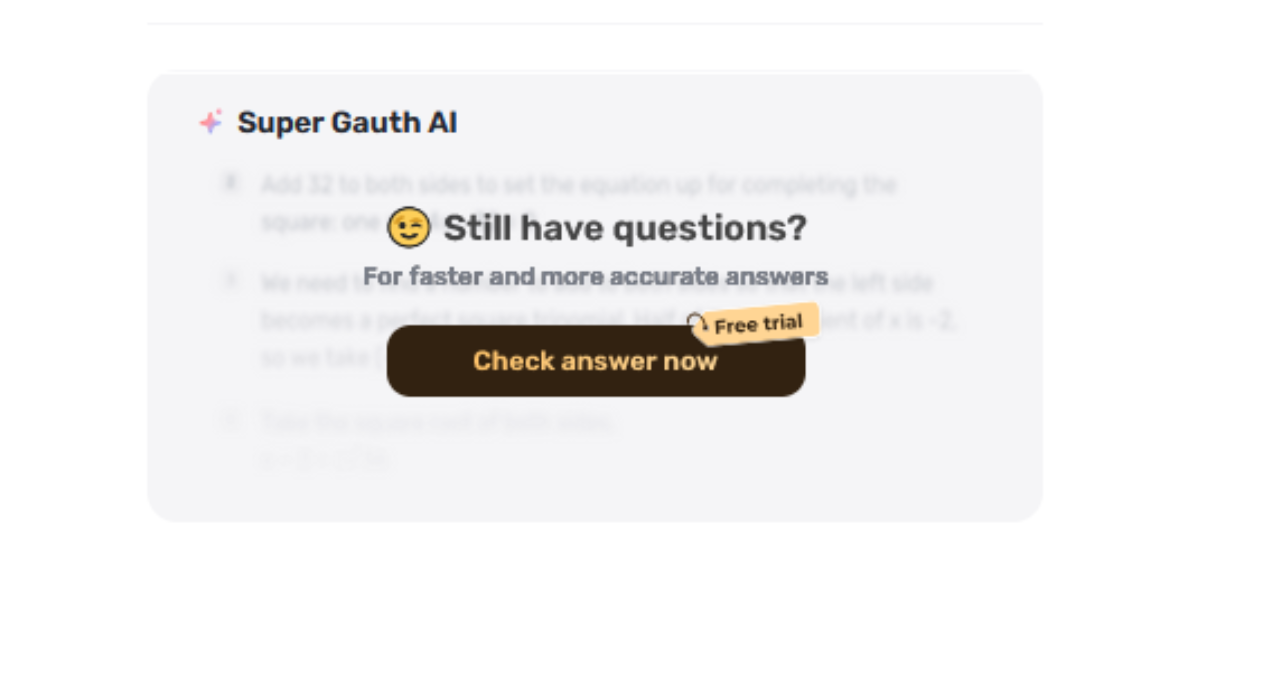The relationship between words and their beginnings can regularly uncover captivating insights into their implications and uses. One such illustration is the Latin root “tactus,” which plays a significant part in forming the advanced word “tangent.” The Latin word “tactus” is derived from the verb “tangere,” which implies “to touch.” In Latin, “tactus” refers to the act of touching or contact, and this root has penetrated different words in English, particularly those related to physical contact or touch.
The term “digression” has its beginnings within the Latin word “tangens,” the present participle of “tangere,” meaning “touching.” The term was first utilized in English within the early 17th century, and the latin root tactus is part of the word tangent, its scientific and geometrical meaning advanced from this unique sense of touching. To completely get a handle on how “tactus” impacts the meaning of “digression,” it’s supportive to investigate its application in geometry and its allegorical uses.
The Geometric Setting
In geometry, a “digression” is a line that touches a bend at a single point without crossing it. This concept is rooted within the unique meaning of “tangere,” as the line “touches” the bend precisely at one point. This thought of touching without crossing could be a coordinated application of the Latin root. The term “digression” portrays this exact, particular point of contact, which adjusts with the Latin idea of “tactus” or touch. The geometric utilization of “digression” emphasizes how a line can be in contact with a bend while keeping up an unmistakable division from it.
Metaphorical
Beyond geometry, “tangent” has been expanded metaphorically to portray diverging or branching off from a main subject or topic. In ordinary language, when somebody goes off on a “tangent,” they stray from the topic of discussion. This utilization moreover interfaces back to the thought of touching or coming into contact with diverse subjects or thoughts briefly sometimes recently returning to the essential focus.
Amplified Uses
The metaphorical application of “tangent” mirrors the strict concept of touching or briefly experiencing something. Just as a digression line touches a curve at a single point, a conversational digression briefly touches on a diverse subject before returning to the most dialog. This metaphorical sense of “digression” keeps up the central idea of contact or crossing point without getting to be a central center.
Historical Development
The journey of “tangent” from its Latin beginnings to its advanced utilization outlines how languages advance and adjust over time. The words move from a scientific term to a broader metaphorical concept highlighting the energetic nature of dialect. As social orders create and alter, so as well do the implications and uses of words, frequently holding follows of their verifiable roots. The word “tangent” entered English through Latin, where it was utilized in scientific and geometrical settings.
The Part of Etymology
Understanding the historical underpinnings of words like “tangent” improves our comprehension of their meanings and applications. The association between “tactus” and “digression” outlines how etymological roots can shape the advancement of a word and its different employments. The impact of “tactus” on “digression” illustrates the enduring impact of Latin on modern English. This relationship underscores the significance of historical and linguistic study in understanding the current dialect use. By analyzing the roots and advancement of words, we appreciate the complex connections between dialect, history, and culture.
Mastering STEM Issue Solving with Gauth AI: A Three-Step Direct
Utilizing Gauth AI, an instrument designed to solve STEM issues with progressed algorithms and AI technology, is direct. Here are three basic steps to utilize Gauth viably:
Step 1: Input the Problem
To begin with, you need to input the problem you need to solve. This may be done by writing the issue straightforwardly into the Gauth interface or by uploading a picture or record containing the issue. Enter the issue statement clearly, indicating any conditions, factors, or particular prerequisites. If the issue is in a printed or handwritten organization, you can transfer a clear picture or record.
Step 2: Process the Issue
Once the issue is inputted, Gauth AI will prepare it utilizing its progressed calculations. During this step, the AI analyzes the issue to get its setting and necessities. Gauth AI interprets the issue, recognizing key components such as factors, constants, and scientific connections. The AI performs the essential calculations, utilizing its built-in calculations to derive solutions.
Step 3: Survey and Understand the Solution
After handling, Gauth AI gives a detailed arrangement. This includes step-by-step tackling steps, clear clarifications, and the final reply. Audit each step of the arrangement to understand the technique utilized by Gauth AI. Read the clarifications going with each step to pick up a more profound understanding of the problem-solving preparation. Check the ultimate reply to guarantee it adjusts to the problem’s necessities and confirm its rightness.

Conclusion
The Latin root “tactus,” meaning “to touch,” altogether contributes to the meaning of the word “tangent.” In its geometric sense, “tangent” portrays a line that touches a bend at a single point, reflecting the first thought of touch from “tactus.” This concept expands allegorically to portray veering from a fundamental point, keeping up the center thought of brief contact. The authentic travel of “digression” from Latin to modern English highlights the energetic nature of dialect and the persevering impact of etymological roots. Understanding these associations improves our appreciation of how words advance and adjust over time.
 Martin
Martin